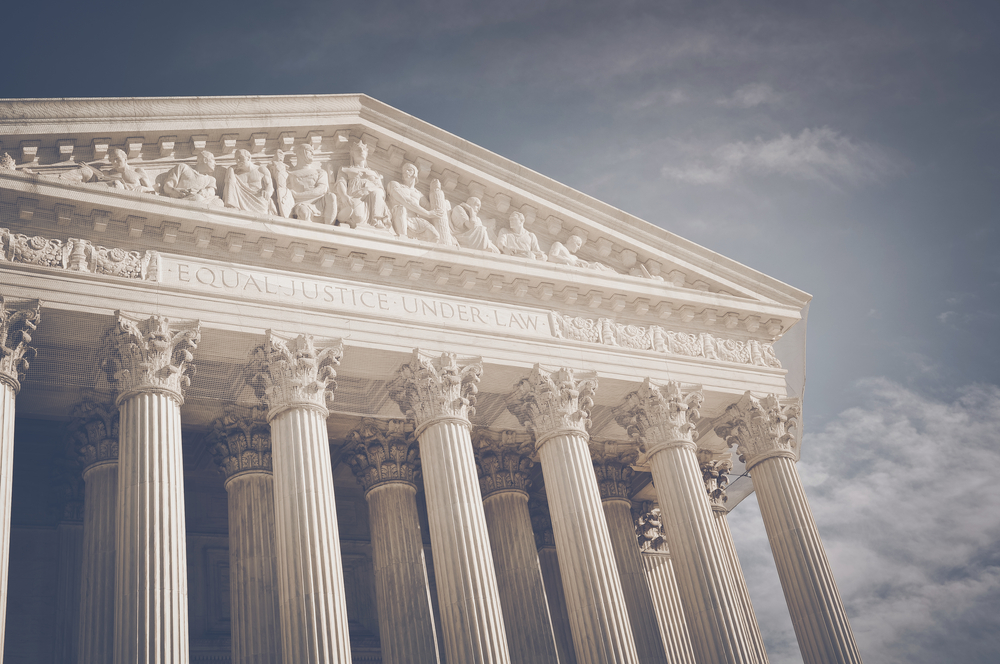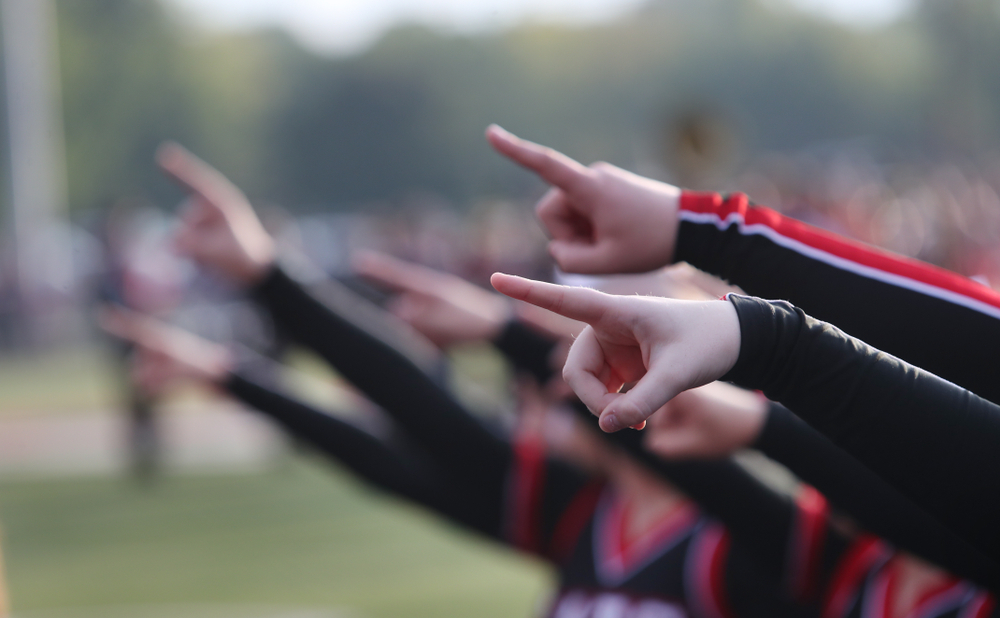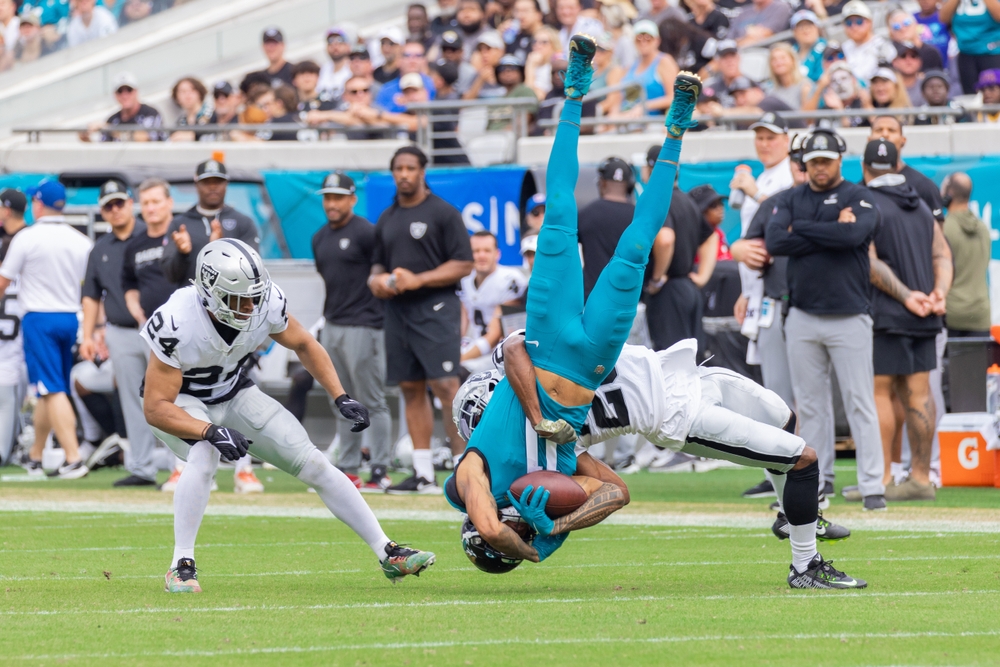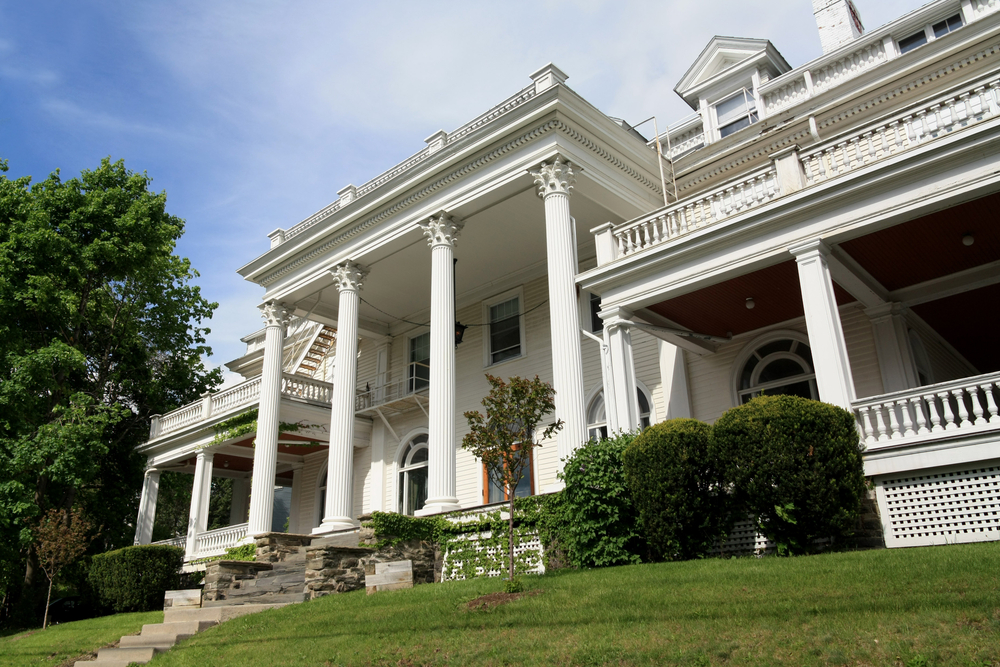What Does Supreme Court Ruling Mean for College Athlete Compensation?
On June 21, the Supreme Court ruled against the National Collegiate Athletic Association (NCAA) by declaring the organization is violating antitrust laws, a move that will heavily influence college sports for years to come.
In The National College Athletic Association vs. Alston, the justices voted 9-0 to uphold the lower courts’ ruling that the NCAA can no longer dictate limits on education-related compensation.
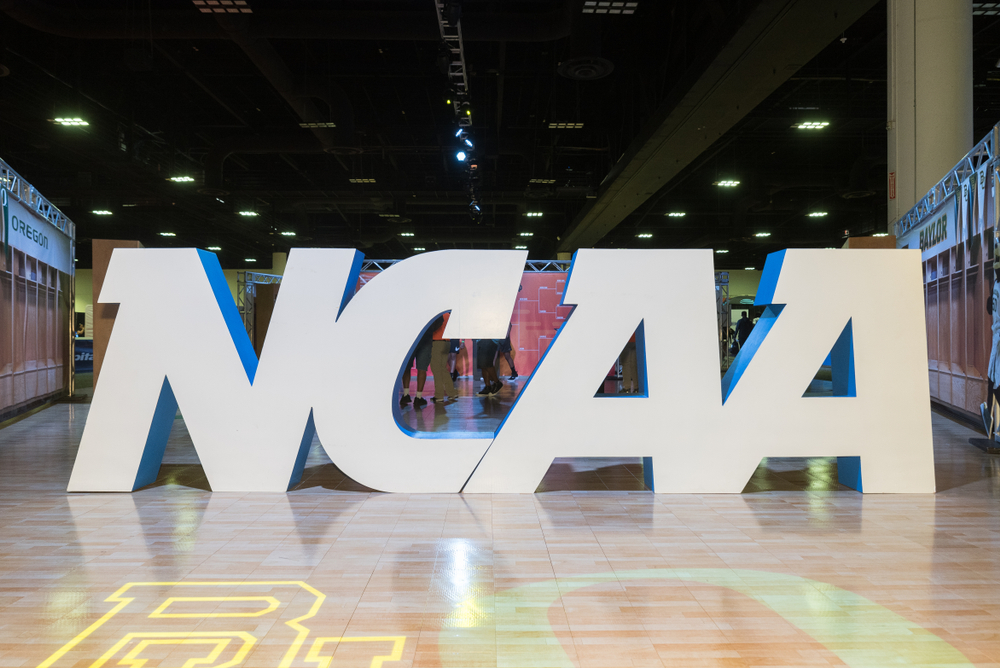
The decision, written by Justice Neil Gorsuch, states that the NCAA must stop seeking immunity from normal antitrust law operation. “Put simply, this suit involves admitted, horizontal price-fixing in a market where the defendants exercise monopoly control,” Justice Gorsuch wrote.
The ruling does not change the long-held NCAA policy of college athletes not receiving direct paychecks for their performance. However, it does open up more compensation by way of school tools like laptop computers, musical instruments, scientific equipment, tutoring services and additional scholarships through the school, like graduate school costs.
The NCAA, founded in 1906, has long prevented athletes from getting direct pay. The NCAA’s attorneys reminded the justices that this policy was due to amateurism rules that are necessary to make college sports “a product distinct from professional sports.”
However, the justices made their disagreement with the policy unanimously clear. Their ruling also painted a harsh view of how the country’s college athletic programs have been operating.
“The bottom line is that the NCAA and its member colleges are suppressing the pay of student-athletes who collectively generate billions of dollars in revenues for colleges every year,” Justice Brett Kavanaugh wrote in his especially scathing concurring opinion. “Those enormous sums of money flow to seemingly everyone except the student-athletes. The NCAA’s business model would be flatly illegal in almost any other industry in America.”
The lead plaintiff in the case, Shawne Alston, ran for 19 touchdowns for West Virginia University as a football player between 2009-2012. In 2014, he and other college football and basketball athletes brought the class action against the NCAA, alleging that the association’s limitations on compensation violate Section 1 of the Sherman Antitrust Act, which prohibits any contract restricting trade or commerce in the United States or with foreign countries.
A federal district court in 2019 ruled in their favor when it decided the NCAA could not forbid colleges from awarding the education-related benefits, although direct, unlimited compensation for athletes would still not be allowed. The NCAA appealed the decision, which lost again in the Ninth Circuit Court of Appeals before advancing to the Supreme Court.
A New Era for College Sports is Here
Coincidentally, the Supreme Court decision coincides with powerful legislation being created in state governments across the country to support student-athletes earning more financial rewards for their efforts. Six states – Alabama, Florida, Georgia, Mississippi, New Mexico and Texas – are currently enacting “NIL” bills that make it easier for student-athletes to earn money from their name, image or likeness through commercials, advertisements and social media presence.
Florida’s NIL legislation under Governor Ron DeSantis, for example, went into effect July 1. Within a week, the University of Miami’s scholarship athletes received an offer from a Miami-based martial arts school to earn up to $500 a month each for advertising and promotions.
According to an announcement on CaneSport,“…each of the 90 existing Miami scholarship players will be offered a $500 a month contract (up to $6,000 for a year) to endorse American Top Team through their social media accounts, personal appearances and other marketing vehicles. If all 90 players opt to accept a deal, the total American Top Team investment in year one could reach $540,000.”
It is clear that whether the NCAA approves of these recent decisions or not, a new era for college sports has arrived.
However, one point made by Justice Gorsuch rings truer today than ever before; creating ways to earn a profit is as American as apple pie. While the justice eluded to what is considered the country’s first intercollegiate competition, he pointed out that money has driven college sports in America for decades.
Long before the NCAA even existed, there was a boat race between Harvard and Yale in 1852 at Lake Winnipesaukee, New Hampshire, considered the country’s first intercollegiate competition. While alluding to the race in his opinion, Justice Gorsuch pointed out that money has driven American college sports from the very beginning.
“But this was no pickup match,” he wrote of the event. “A railroad executive sponsored the event to promote train travel to the picturesque lake.”








